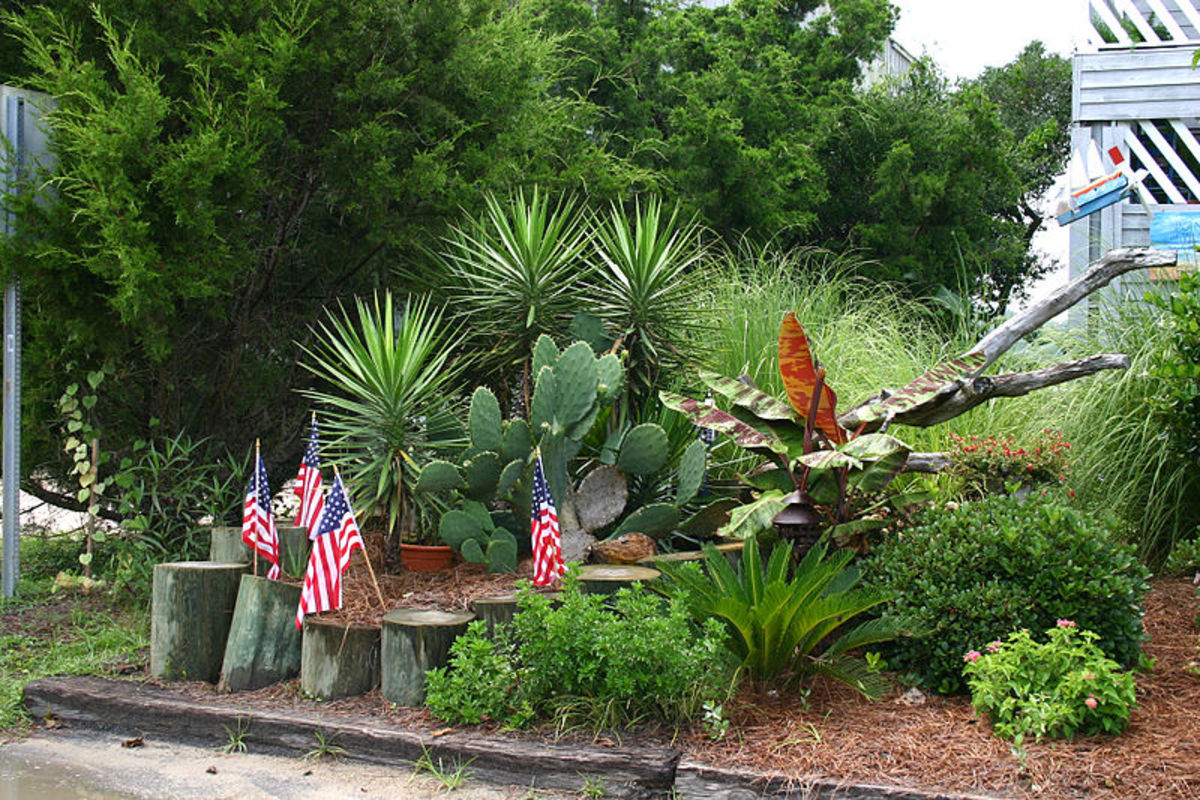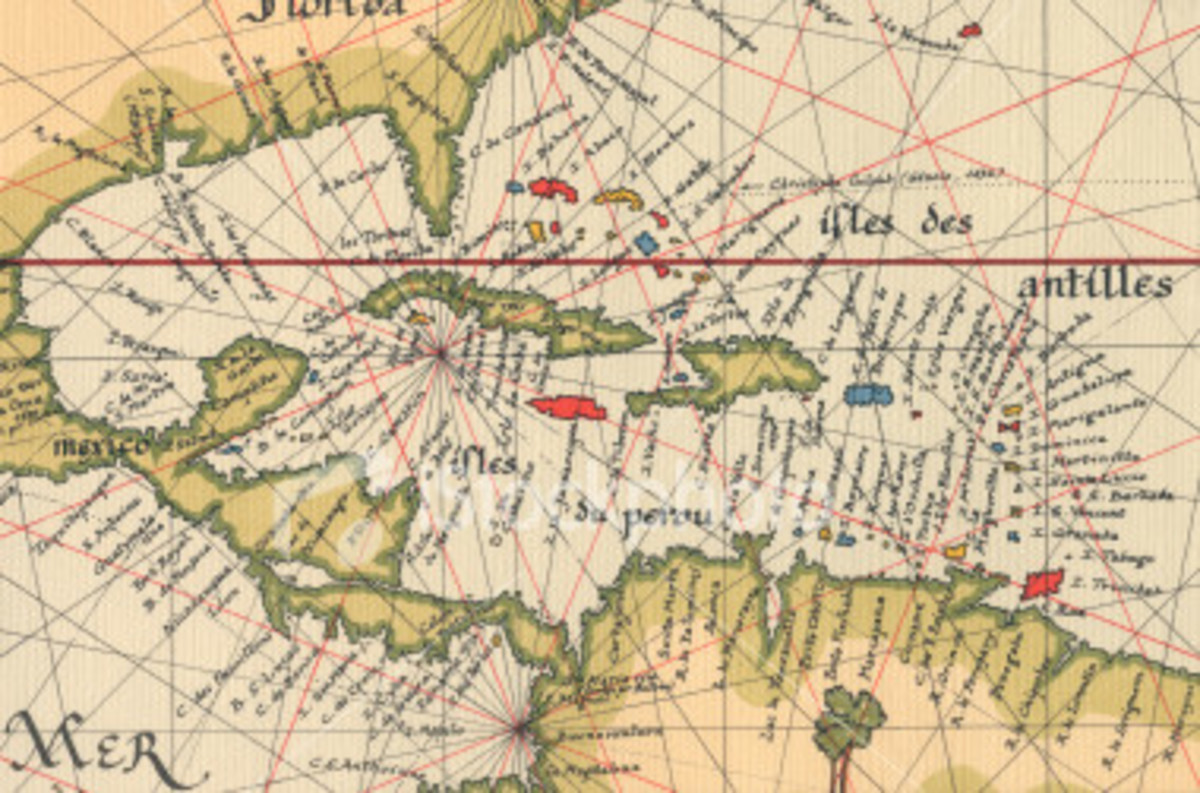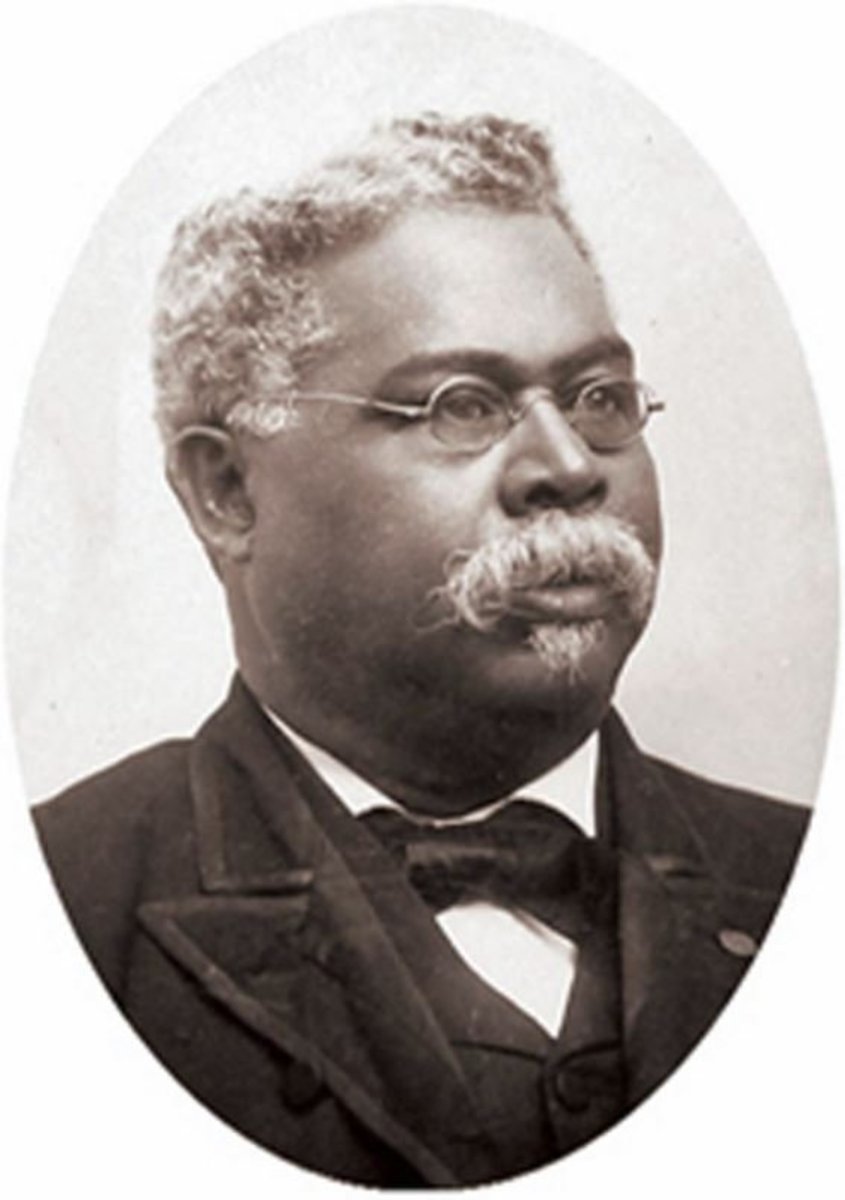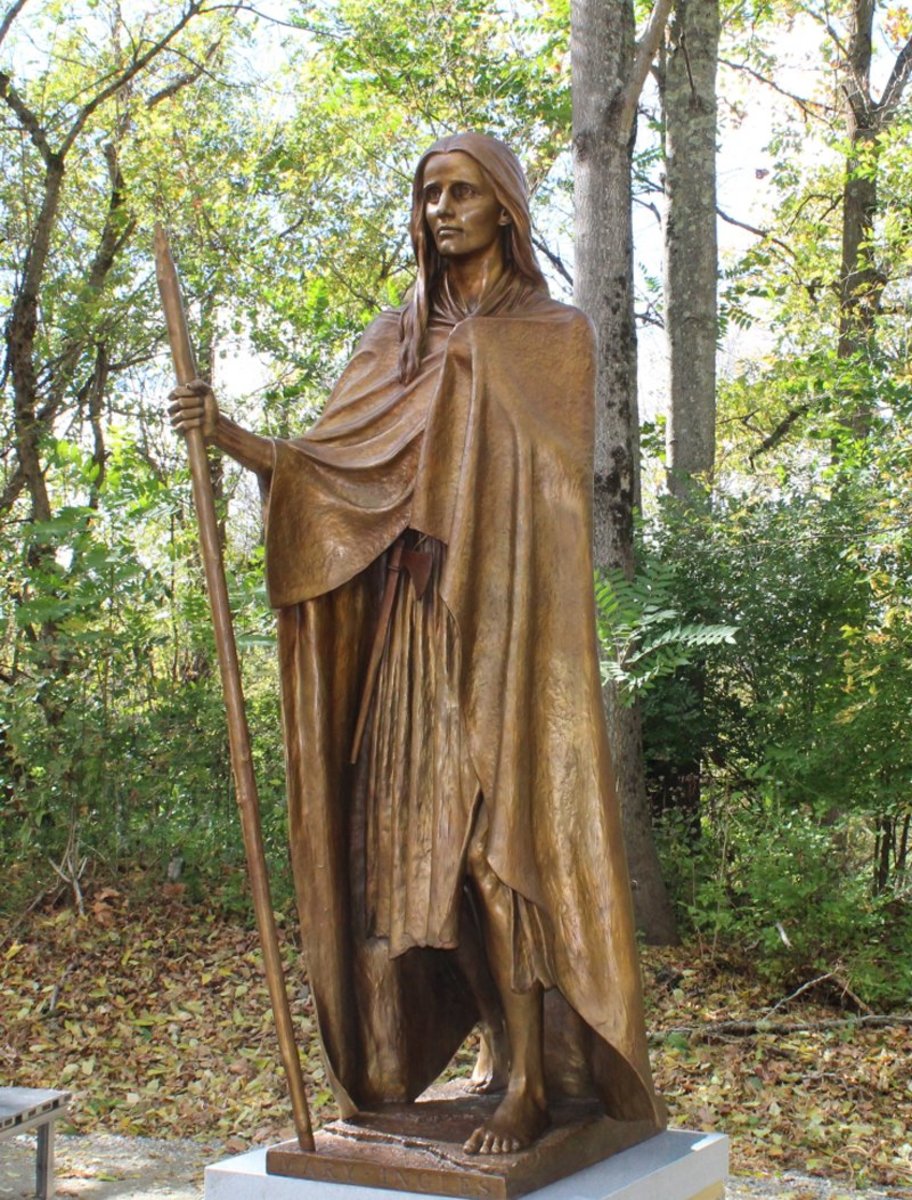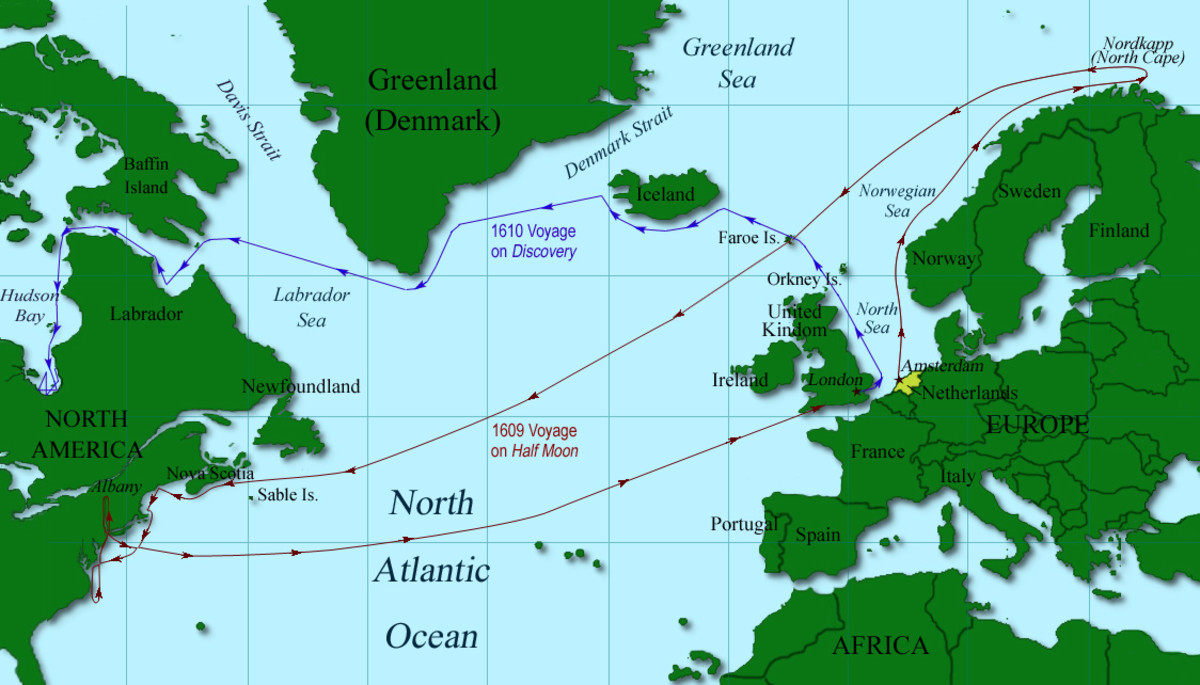- HubPages»
- Education and Science»
- History & Archaeology»
- History of the Americas»
- American History
Indigo Production in the Colony of South Carolina

Eliza Pinckney Introduced to Indigo Plant
South Carolina, like the other southern colonies, developed a one-crop economy. Their primary export in the mid-1700s was rice, but Elizabeth Lucas, a sixteen-year-old girl did the of another southern though short-lived, major export crop. Born December 28, 1722, in the West Indies, she was the daughter, of Lieutenant Colonel George Lucas of Dalzell's Regiment of a British Army, stationed in Antigua, West Indies who had purchased three plantations along the Wappoo Creek located a few miles south of Charleston. When England declared war against Spain in 1743, Colonel Luca left for active duty. By now his family had moved to the South Carolina plantation that George Lucas inherited from his father. He left Elizabeth to care for her ailing mother, brother, sister, and twenty slaves to manage the manor along Wappoo Creek. Her father sent back seeds of plants that were common to the Islands and suggested that Eliza (as he called her) attempt their cultivation. These seeds included ginger, cassava, lucerne, and indigo.
Eliza's Experience with Indigo
Indigo was a semitropical weed with blue-black leaves, used as a dye throughout the Indies. Eliza and her farmers experimented with the plants for two years and finally developed a way to grow indigo in the Carolina flatlands. She produced the first commercially successful crop in 1742. Her system of culture spread to other plantations. It was a messy crop like rice was. The adult plant was soaked in vats, pounded, and churned with wooden paddles. They then evaporated the water, leaving a dark blue sediment. The indigo was then molded into cakes for export. By 1775, south Carolina exported five hundred thousand pounds of indigo paste per year. It provided more than one-third of South Carolina's exports.
Elizabeth Lucas Pinckney's Influential Husband and Sons
Eliza Lucas married Charles Pinckney who later became Chief Justice of South Carolina and was the mother of Charles C. Pinckney and Thomas Pinckney both prominent in the Revolution.
Charles, the eldest, Pinckney was one of the leaders at the Constitutional Convention and defended the Constitution in South Carolina. In 1800 he ran as the Federalists' candidate for Vice-President, and in 1804 and 1808 as the Presidential nominee. He was, however, defeated on all three occasions.
His brother, Thomas Pinckney, was an early American statesman, and veteran of both the American Revolution and the War of 1812. He was also a diplomat. On October 27, 1795, he negotiated Pinckney's Treaty with Spain.
Lucerne Resurfaced 125 Years Later
The lucerne Elizabeth Lucas Pinckney tried to grow died in 1744, and disappeared from American agriculture for more than 125 years when other American scientists discovered it again in European seed catalogs under the name "alfalfa".
Her agricultural experiments ended when she attempted silkworm culture and the project failed as well.
Elizabeth Lucas Pinckney's Funeral
Elizabeth Lucas Pinckney died in 1793. President George Washington participated as a pallbearer in her funeral at St. Peter's church. in Philadelphia. In 1989, she was the first woman to be inducted into South Carolina's Business Hall of Fame.
Indigo's Demise
During the Revolutionary War, indigo was neglected in favor of the rice needed to feed the colonists. Afterward, it could no longer compete with the cheaper, better-quality East Indian type of indigo. By 1787, cotton replaced it as South Carolina's chief crop. Georgia and Louisiana also cultivated some indigo but never succeeded in making indigo a large-scale commercial success. Individual plantations, however, continued to cultivate and use indigo dye for local consumption until 1865.
Though no longer grown in South Carolina, natural indigo was used throughout the 1800s. It would also be 20 years before indigo could be produced in quantities and prices that made it readily available. Natural indigo was replaced by synthetic indigo so that natural indigo could no longer be obtained in the United States.
Making a Comeback
In recent years, due to the increase in learning more natural ways of doing things, indigo is starting to make a comeback. Google the term natural indigo and see for yourself.
How to use Indigo Dye
This content is accurate and true to the best of the author’s knowledge and is not meant to substitute for formal and individualized advice from a qualified professional.
© 2013 Cygnet Brown


